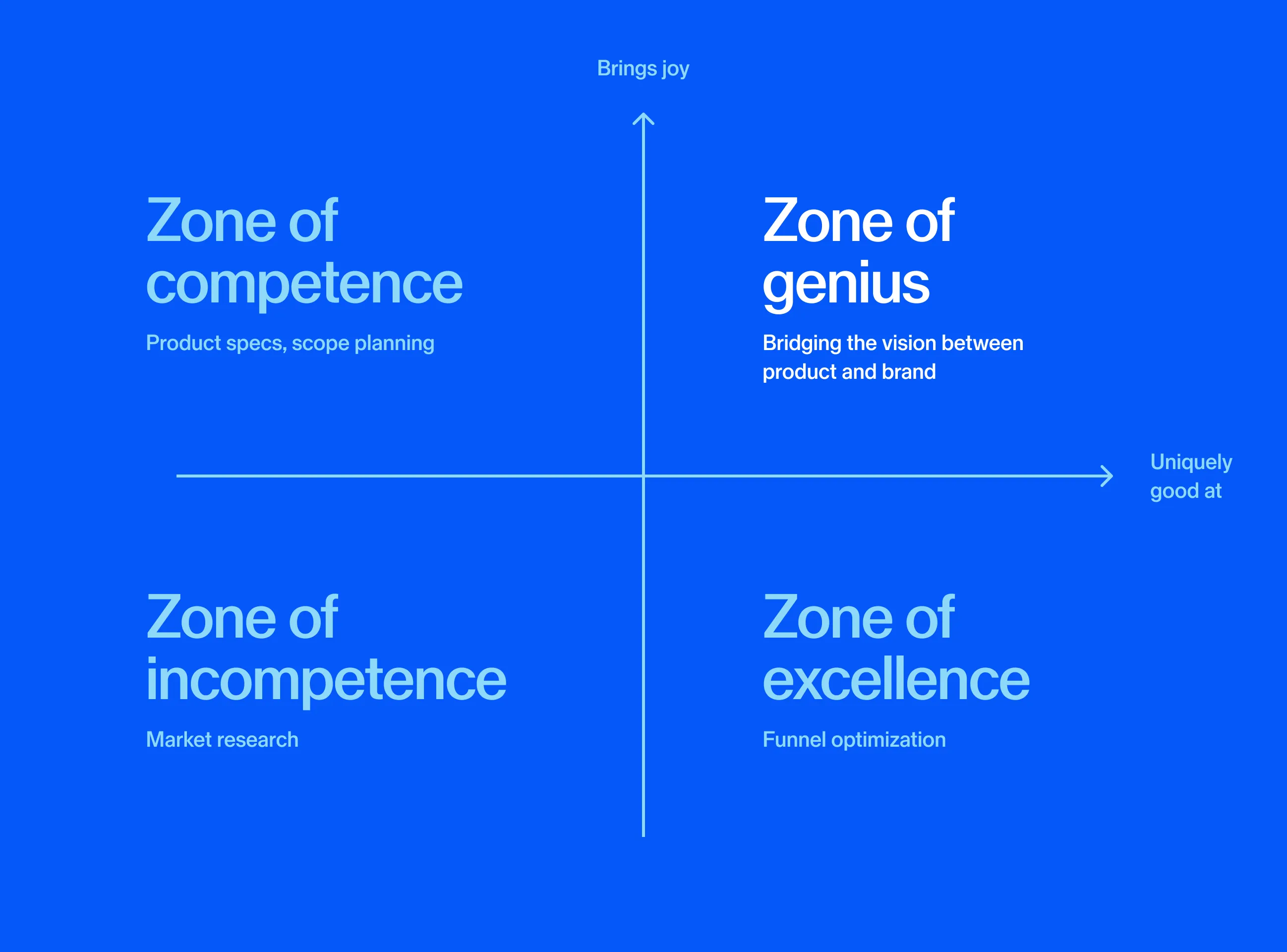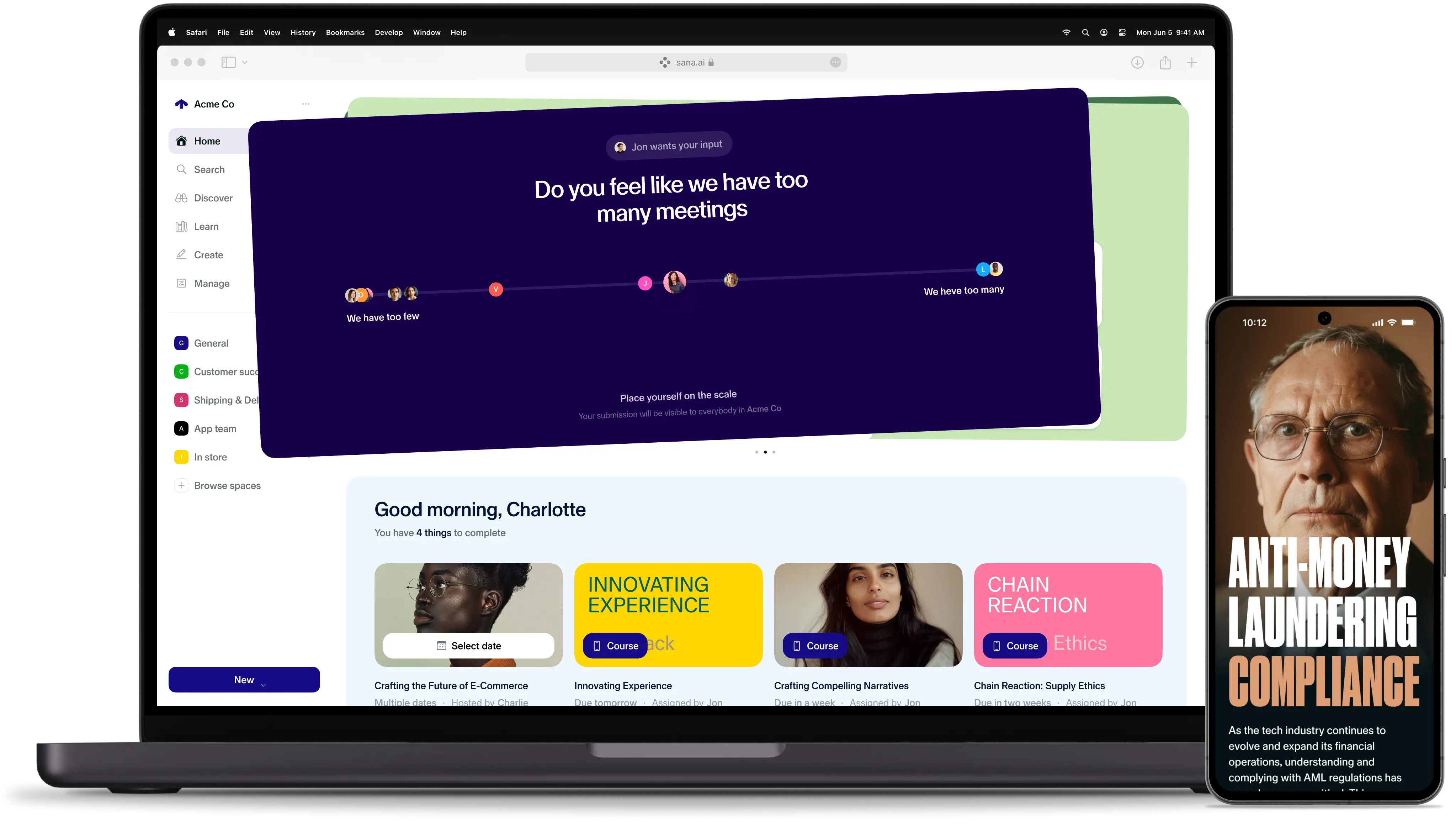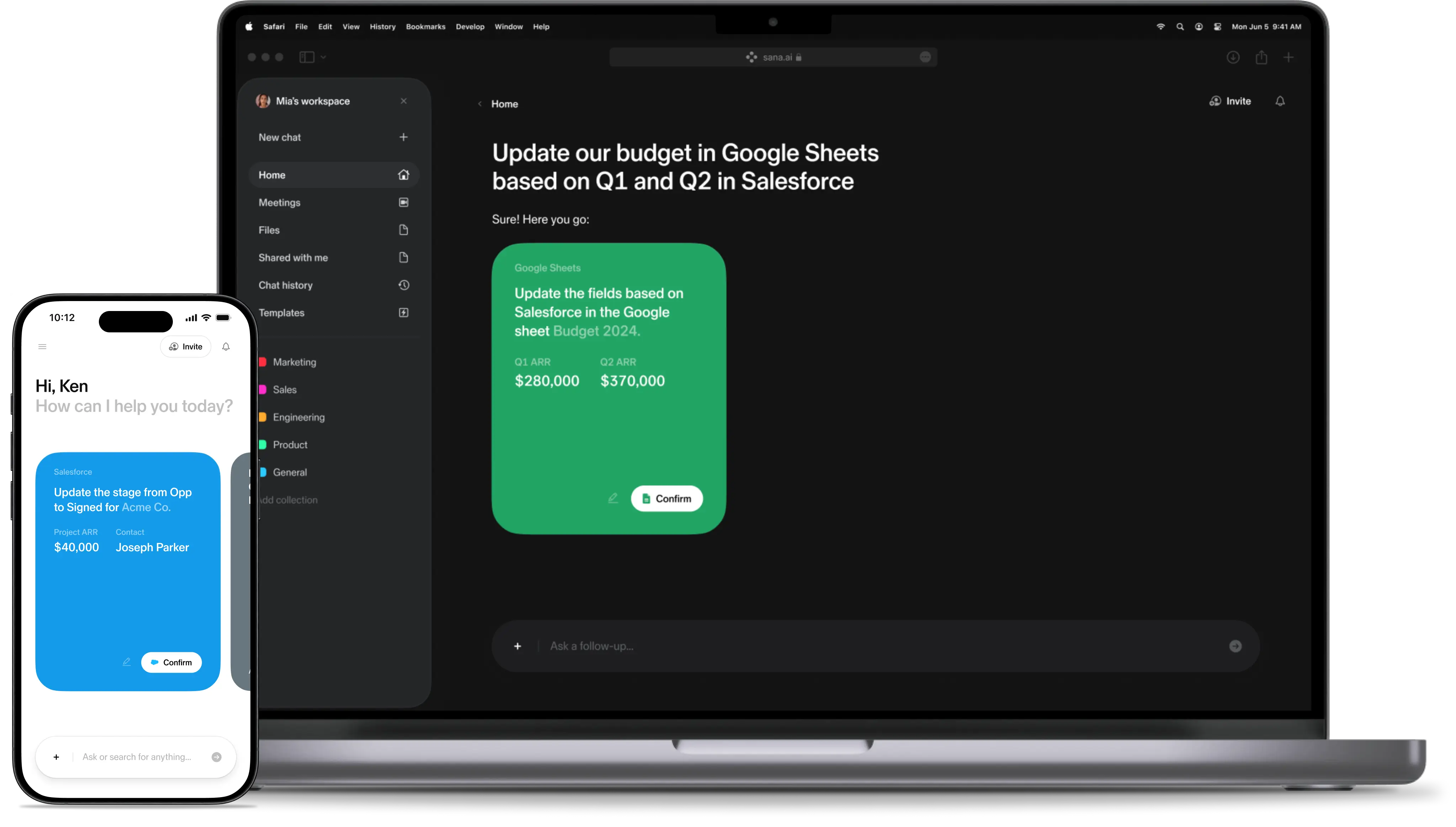Creating a culture of graceful confidence
Lessons from Lauren Currie

Imagine an organization where every employee feels equally able to speak up, share ideas, and challenge the status quo. That’s what a culture of confidence looks like, and almost every progressive company would aspire to it. But it’s still not the reality in most organizations. Today, 33% of people believe their organizational culture doesn’t support speaking up. And only 1% of employees feel ‘extremely confident’ to share their concerns at work. So what needs to change?
For Lauren Currie, the answer lies within the idea of confidence itself. Lauren is the founder of UPFRONT, an organization dedicated to changing confidence, visibility, and power for 1 million women. An acclaimed activist and entrepreneur, Lauren is building the change she wants to see in the world. I talked to Lauren about why we need to redefine confidence, what the new confidence looks like, and how Learning & People teams can nurture it across their organizations.
We need a new definition of confidence
Society has told us the wrong messages about confidence, and it’s holding us and our organizations back. On top of being told that confidence is something you’re born with, we’ve been led to believe that only one kind of confidence leads to success. That of the extroverted, cis-gendered, heterosexual, able-bodied white man. Left unaddressed, this narrow definition of confidence will keep perpetuating bias in the workplace.
Classic confidence is narrow and excluding
Our traditional understanding of confidence is based on research from the early 1960s. It suggested people with high self-esteem perform exceptionally. It’s the Typical White Male. Calm. Strong handshake. A ‘success at all costs’ mindset. The genius going it alone.
This 60-year old definition of confidence has serious consequences. Male characteristics—height, assertiveness, earning potential—are highly valued. Yet when a woman is assertive, she’s labeled bossy or aggressive.
Women and people of color receive less praise and more criticism. Justifiable frustrations are labeled as ‘imposter syndrome’—shifting the ownership of the problem onto the individual. But no one is born with a predetermined quota of confidence. Confidence is a skill, a thought pattern, and a behavior. It’s affected by the worlds we live in, the cultures and bodies we’re born into, the streets we live in, and the messages society gives us.
Pushing women and people of color to fit the mold of the Typical White Male leads to lower confidence and higher rates of burnout than their white male colleagues. It even damages bodies at a cellular level.
“The problem isn’t that women aren’t confident but that confidence in women is not rewarded in the world.” Lauren Currie
‘New’ confidence is graceful and inclusive
When we stop defining confidence in relation to macho characteristics, something incredible happens. We no longer feel we have to be aggressive and rational in order to trust in our own abilities. Instead, we can allow ourselves to be vulnerable and emotional—to be kind to ourselves and others. This is what Lauren Currie means by graceful confidence. Imagine how many more people can recognize themselves as confident when we define confidence in this way.
As well as being more inclusive, this new confidence leads to commercial results. Take Lululemon’s CEO, Christine Day. Her decision to lead with vulnerable confidence helped take company revenue from $297 million to $1 billion. Vulnerability in leadership allows individuals to own their expertise. This breeds a more collaborative style of leadership and accountability that leads to commercial success.
Once we embrace this new, graceful confidence—one that is fluid and learnable—it opens up a rich territory for Learning & People leaders to set a new, inclusive standard.
Setting a new confidence standard
Can there be a more worthwhile and relevant mission for Learning and People teams? Creating a culture of confidence is in your Zone of Genius. Here’s how to approach it.
Get the C-suite role-modeling failure
High-performing teams have confidence in each other. One characteristic of a confident team is publicly embracing failure. A culture of confident failure starts at the top. Leaders must widely and articulately own their part in making mistakes. This is a culture of confidence mindset. If there’s no culture of failure, L&D might need to take the lead from Google’s G2G program: sometimes C-Suite training is best delivered through external providers.
Whatever training route you choose, the important thing is to get your C-suite role modeling as quickly as possible. Maybe they can discuss a failure at every All Hands—what went wrong and what they learned. Or be the first ones to acknowledge a failure when attending team retros. The more your C-suite demonstrates that failure is an opportunity for learning and growth, the easier it will be for others to do the same.
Normalize vulnerability related to work. Show that it’s OK to talk about emotions by sharing yours. Admit to your own mistakes and failures, and frame these as learnings. Ask for help. Be the first person to say “I don’t know” and the last person to voice an opinion.
Encourage women to own their success
Women are much less likely than men to self-promote. In a world where women are consistently judged for having less leadership potential, this is a problem. Organizations must be proactive about supporting their women colleagues to take up more space. One way to do this is by paying for them to join the UPFRONT Bond — a six-week confidence course for women. (A bond is the collective noun for a group of women.)
I joined Bond 1 in 2020, and it transformed my relationship to confidence. I learned that, as a woman, I needed to become more visible if I wanted to internalize my own successes and use my voice. And that by publicly owning my ambition, I could show other women what is possible. Before UPFRONT, I avoided being visible online for fear of looking boastful. But I found a way to show up that was on my terms, and that’s how I ended up being recruited for Sana. My story is one of many.
Learn to say thank you. This is how you learn to stand in the spotlight when it’s put on you. No “thank you but..” Instead, simply say “Thank you”. Learning to accept and claim credit this way will help you do the same for yourself and your own work.
Creating long-term behavior change
Culture change is individual behavior change at scale. And we can’t create long-term behavior change with a one-off training. Research into diversity training shows that one-off sessions did decrease bias—but the results only lasted two weeks. Checking in three months later, researchers found people were so confident in their abilities that they became even more biased. One-off training actually did more harm than good.
This is why Learning and People teams should be building repeatable, scalable motions for behavior change. In a hybrid world, this means thinking even more carefully about the tools and skills we use to meet and collaborate.
Facilitate meetings with care
Many people struggle to speak up in meetings. These people are more likely to be passed over for promotion. This is your responsibility. It’s a leader's job to create meetings where everyone wants to contribute.
One of the best ways to get everyone feeling confident to speak up is by getting them talking early. This is known as participation priming. Check-in questions are ideal for this. Depending on the group dynamics, you might ask something light like, "What are you bringing with you into the meeting this morning?” But if the team seems distracted, you might want to encourage focus: "What's one thing you hope to contribute to this session?" The point is to work around the group so that everyone speaks up at the start of the meeting.
Facilitation tools like check-ins are most effective when they become a habit. Check-ins in particular allow us to reveal more of ourselves to each other, which in turn builds empathy. Over time, these micro-moments of relationship-building compound towards psychological safety—the number one contributor for high-performing teams.
Use interactive and inclusive tech
Your virtual meeting and collaboration tools must be able to help you distribute share of voice and create ways for people to share their ideas without speaking out loud. That’s because presenting something and then asking people to say what they think is a recipe for HiPPO syndrome.
This is where an interactive tool like Sana Live really comes into its own. Sana Live is a virtual meeting space built right into the Sana platform. It’s full of these softer idea-sharing formats like sticky notes, polls, quizzes, and reflection cards. You can even pull up an interactive sliding scale to let people express their state of mind or view.
Facilitators also get special powers to see who is responding to polls and quizzes—a potential clue that someone is falling behind and needs some extra support. I’m biased, of course, since we use Sana Live every day. But I’ve experienced firsthand the impact it has on everything from a company-wide All Hands to a team retro. There’s a balance between verbal and written contributions and more ways for people’s voices to be heard. We all grow from the team’s collective brilliance because of it.
Now’s the time for change
Instilling a culture of open, graceful confidence might feel overwhelming. There are so many voices, people, and challenges to embrace. In these moments, remember: confidence is a learned skill. It’s not innate. It’s learnable. It’s changeable.
And everything that’s changeable is right in L&D’s playbook. It’s where we make the biggest, most exciting, most profound changes to our organizations. With the right tools and mindset, that change towards Lauren Currie’s graceful confidence can start today.
Next up:
Zone of genius
Finding flow for every employee


